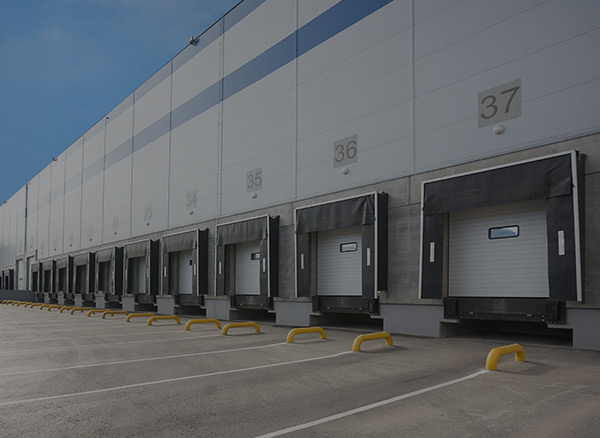
Warehousing Solutions
Warehousing is an integral component of the supply chain, providing storage facilities for raw materials, finished goods, and inventory awaiting distribution. Warehouses come in various forms, from traditional brick-and-mortar facilities to modern automated warehouses equipped with advanced technologies.
Warehousing plays a crucial role in the shipping and logistics industry, serving as a hub for the storage, consolidation, and distribution of goods.
Warehousing solutions vary depending on the specific needs of businesses and industries. Common types of warehousing solutions include public warehouses, which offer shared storage space to multiple clients, and private warehouses, which are owned and operated by individual companies to store their own goods. Additionally, third-party logistics (3PL) providers offer outsourced warehousing services to businesses seeking flexible storage options and logistics support.
Trends in Warehousing
- Inventory Management Systems: Effective inventory management is essential for optimizing warehouse operations and minimizing carrying costs. Inventory management systems utilize software and technology to track inventory levels, monitor stock movement, and streamline order fulfillment processes. These systems help businesses maintain optimal inventory levels, reduce stockouts, and improve order accuracy and efficiency.
- Automation and Robotics: Advancements in automation and robotics have transformed the warehousing landscape, enabling greater efficiency, accuracy, and scalability. Automated warehouse solutions, such as robotic pickers, automated guided vehicles (AGVs), and conveyor systems, streamline material handling tasks and reduce reliance on manual labor. By automating repetitive and labor-intensive processes, warehouses can operate more efficiently and cost-effectively.
- Just-in-Time (JIT) Delivery Practices: Just-in-Time (JIT) delivery practices emphasize the timely delivery of goods to meet customer demand without excessive inventory holding costs. JIT principles focus on minimizing waste, reducing lead times, and improving overall supply chain efficiency. Warehousing plays a crucial role in JIT delivery practices by providing strategically located distribution centers and facilitating rapid order fulfillment and delivery.
- Environmental Sustainability: Environmental sustainability is an increasingly important consideration in warehousing operations. Green warehouse initiatives aim to minimize energy consumption, reduce waste, and mitigate environmental impact through measures such as energy-efficient lighting, solar power generation, and recycling programs. By adopting sustainable warehousing practices, businesses can lower operating costs, enhance their corporate social responsibility (CSR) efforts, and appeal to environmentally conscious consumers.
Warehousing solutions play a vital role in the shipping and logistics industry, serving as the backbone of efficient supply chain management. By leveraging advanced technologies, optimizing inventory management practices, and embracing environmental sustainability, businesses can enhance warehouse operations, improve customer satisfaction, and gain a competitive edge in today’s dynamic marketplace.



asporlogistic.com.ua
I get pleasure from, cause I discovered just what
I used to be taking a look for. You’ve ended my four day lengthy hunt!
God Bless you man. Have a nice day. Bye